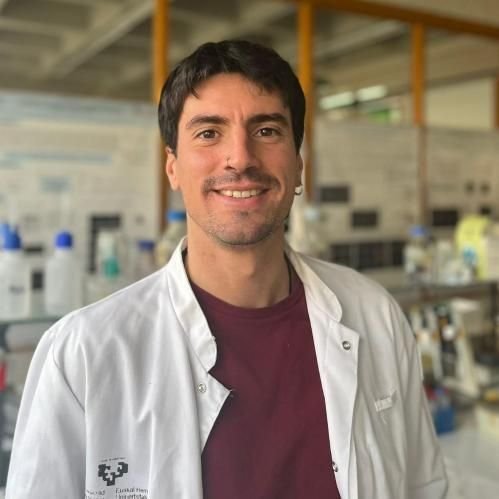Dr. Gaskon Ibarretxe is a name that has recently surfaced in discussions related to cutting-edge research in dental stem cells and regenerative medicine. While not widely known in mainstream scientific communities or popular media, Dr. Ibarretxe’s work is beginning to draw attention for its potential implications in the field of medical science, particularly in using wisdom teeth stem cells to treat serious diseases.
Despite limited publicly available information, the research attributed to Dr. Gaskon Ibarretxe centers around the unique qualities of dental pulp cells found inside wisdom teeth. These cells are a type of stem cell with the remarkable ability to develop into various tissues, including neurons, bone, and cartilage. This versatility offers promising pathways for developing treatments for neurological conditions such as Parkinson’s and Alzheimer’s diseases, as well as for injuries involving bone and cartilage. One of the most groundbreaking aspects of Dr. Ibarretxe’s research involves demonstrating that these pulp cells can generate electrical signals similar to those produced by brain cells. This discovery is significant because electrical activity is crucial for communication within the nervous system, and finding a way to replicate it in damaged brain tissue could transform therapies for brain injuries and neurodegenerative diseases.
Wisdom teeth extraction is a routine dental procedure performed on millions of people every year, especially young adults. Most extracted teeth are discarded, but Dr. Ibarretxe and other researchers see them as valuable sources of stem cells. The dental pulp inside these teeth can be collected painlessly and preserved for future medical use. This process not only provides an ethical alternative to embryonic stem cells but also offers the advantage of using a person’s own cells, reducing the risk of immune rejection during treatment.
Currently, some dental offices collaborate with specialized laboratories to collect and freeze dental pulp cells immediately after extraction. The teeth are placed in sterile containers and shipped on dry ice to labs where the stem cells are isolated and stored in ultra-cold freezers. This emerging practice is supported by companies offering preservation kits that allow patients to bank their stem cells easily. These developments aim to make stem cell banking more accessible and affordable, potentially democratizing access to regenerative medicine.
Although much of the research remains in experimental stages, early animal studies show encouraging results. Models of Parkinson’s disease treated with dental pulp stem cells exhibited improved motor function as the cells helped replace lost dopamine-producing neurons. Studies on Alzheimer’s disease suggest that these stem cells may protect brain connections and slow down the buildup of harmful proteins linked to cognitive decline. Recent reviews highlight the cells’ ability to reduce brain inflammation and clear plaques associated with memory loss, which could lead to new ways of managing dementia and other brain disorders.
Dr. Ibarretxe’s research also explores the broader applications of wisdom teeth stem cells beyond the brain. For instance, these cells can accelerate bone growth, making them useful in repairing jaw injuries or defects. In heart disease research, secretions from dental pulp stem cells have improved heart function in animal models, indicating their potential to repair damaged cardiac tissue. Furthermore, the cells have shown the ability to form cartilage-like structures in the lab, raising hopes for treatments that could regenerate damaged joints and relieve conditions like arthritis.
One of the key advantages of using dental stem cells is the speed at which they can be harvested and prepared for therapy. After extraction, the tooth can reach the lab quickly, and stem cells can be isolated and frozen in less than 24 hours. This efficiency could shorten waiting times for patients needing regenerative treatments.
As promising as this research is, experts emphasize the need for further studies to ensure the safety and effectiveness of stem cell therapies derived from wisdom teeth. Large-scale clinical trials are required to confirm that the cells do not cause adverse effects such as tumor formation when transplanted into patients. Addressing these concerns is essential before stem cell banking becomes a standard part of dental care.
Accessibility remains another challenge. While costs for storing dental stem cells are gradually decreasing, stem cell banking is still expensive for many people. To overcome this, experts propose creating public stem cell banks or including coverage in health insurance plans to ensure that a wider population can benefit from these medical advances.
The work associated with Dr. Gaskon Ibarretxe highlights the potential for everyday dental procedures to contribute to revolutionary treatments in medicine. As research progresses, the living tissue inside a wisdom tooth may hold answers to healing some of the most complex diseases affecting millions worldwide.







